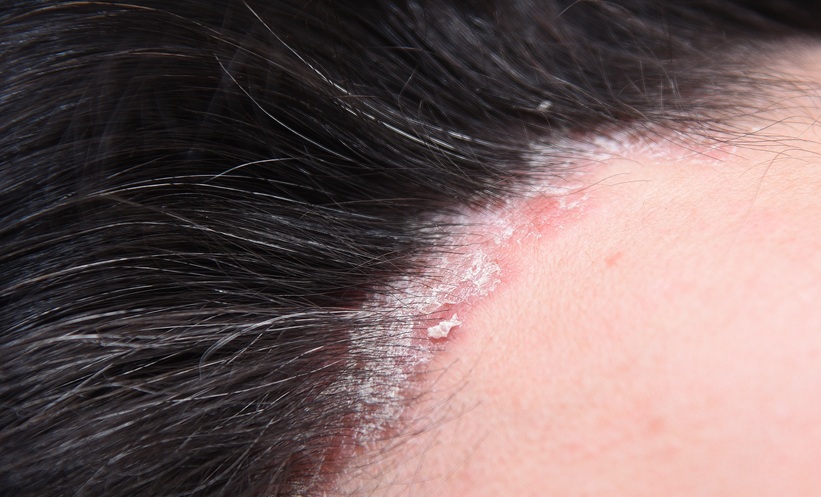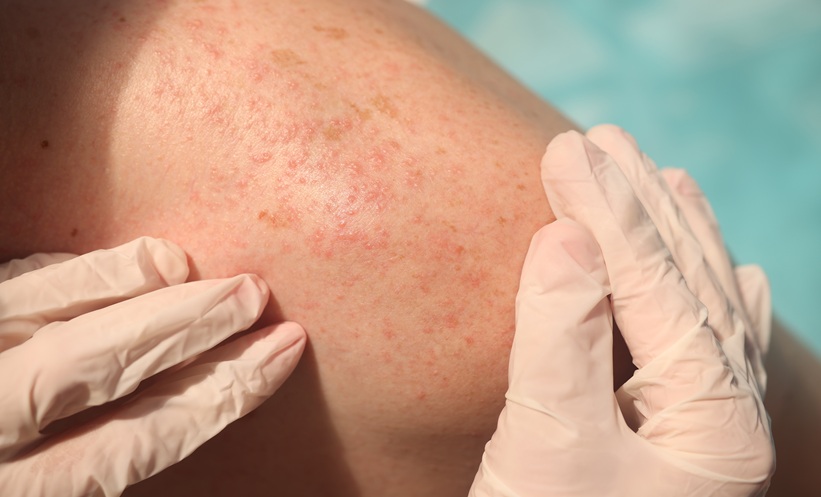Robert Hunger | Associate Professor of Dermatology, Department of Dermatology, University Hospital Inselspital Bern, University of Bern, Switzerland; Board of Directors of the European Academy of Dermatology and Venereology (EADV)
Citation: EMJ Dermatol. 2023; DOI/10.33590/emjdermatol/10308432. https://doi.org/10.33590/emjdermatol/10308432.
![]()
What led you to a career in dermatology and more specifically dermato-oncology?
One of my main interests since medical school was the immune system. So, after graduating, I started my scientific career in immunopathology on a project about autoimmune tissue destruction in the context of an MD-PhD programme. After finishing my MD-PhD degree I started my career in dermatology as a resident in the Department of Dermatology at the University of Bern, Switzerland. There I could extend my scientific studies in immunology on skin diseases. The main topic was the analysis of lymph cells in the lymph fluid draining human skin in various different inflammatory skin diseases. In addition to this work, I also started my scientific career in skin cancer by taking part in vaccine trials for patients with melanoma. For our patients with melanoma, we also began to collect epidemiological data together with other specialities involved in treatment of melanoma. Over the years, we could generate a huge amount of new data about the outcome of our patients with melanoma.
Are there any ongoing project you are excited about at the Department of Dermatology, University Hospital of Bern, Switzerland?
One of my key interest is still hidradenitis suppurativa. Although this disease has a prevalence rate of 1%, and is not rare, the interest in this disease is still very poor. One part of the work at our clinic is collecting more epidemiologic data on this disease. However, for me, the most exciting part in this disease is the analysis on the pathogenesis. There are multiple new methods to analyse the steps leading to this debilitating disease, especially in the field of molecular biology. So, at the moment, we have planned a whole set of new experiments to get more insight into the steps leading to this often debilitating disease.
How crucial is the European Academy of Dermatology and Venereology (EADV) Congress to the education of healthcare professionals, providing them with the latest scientific advances and research?
The EADV Congress is certainly one of the most important meetings in the field of dermatology. It is a huge assembly of more than 10,000 specialists, with several parallel sessions covering almost all aspects of dermatology. It is, therefore, important for science, education, and also for positioning dermatology in medicine and society. At the moment, dermatology is a rapidly evolving field with many new developments, especially in the treatment of inflammatory and neoplastic skin diseases.
As the chair for the upcoming discussion on hidradenitis suppurativa at EADV, what do you expect to be the main topics addressed during the session?
Hidradenitis suppurativa is one of the neglected disease in dermatology. However, the EADV is very active in promoting knowledge about this very often severe disease. In the session presented on Thursday 12th October, we will discuss pathogenetic aspects of this disease, comorbidities, and also the rare paediatric form of the disease. In the second part of this session, surgical procedures and new systemic treatments are discussed. On Friday 13th, there is another session on the topic of hidradenitis suppurativa. This is not as much as we will hear about psoriasis or atopic dermatitis, but hidradenitis suppurativa has now reached quite an important position in the EADV Congress.
What sessions are you most looking forward to at EADV23?
There are plenty of very interesting sessions during this congress. The hidradenitis suppurativa sessions are certainly very interesting, as there are important new data on the effect of new systemic compounds in the treatment of the disease. Here, I want to especially mention the new biologics: IL-17 blockers and IL-36 receptor blockage. Now, JAK inhibitors are tested in hidradenitis suppurativa. So, I am very curious about new data in this field. Besides hidradenitis suppurativa, we will also have multiple new data in psoriasis, atopic eczema, and skin cancer.
How have you seen EADV impact the field of dermatology since your appointment on the board of directors in 2018?
Dermatology is a rapidly evolving field in medicine and science. The EADV plays an important role in positioning the field of dermatology in Europe, and the EADV has promoted some very important initiatives, such as burden of disease, skin cancer protection, etc. However, the most important event EADV organises is certainly the annual congress. It brings a huge amount of dermatologists, not only from Europe but from the whole world, together to exchange knowledge about skin disease. Another important activity is the Journal of the European Academy of Dermatology and Venereology; the quality and importance of this journal has tremendously increased over the past years. The EADV is also very active in organising online courses, hands on courses, etc.
What is the most exciting breakthrough or piece of research in the field of dermatology that stands out as particularly exciting in the last 12 months?
For me, the introduction of IL-17 blockades, such as secukinumab and bimekizumab, are important new therapeutic options for hidradenitis suppurativa. But if we look at dermatology in general, the most important breakthrough is the introduction of the JAK inhibitors. These drugs will certainly change the therapy of most inflammatory skin diseases. Also, in the field of skin cancer there are important new developments, especially the introduction of immune therapy, not only for melanoma, but also for locally advanced or metastatic basal cell carcinoma and squamous cell carcinomas.
With over 100 publications to your name, which areas do feel warrant further investigation?
My main interest is still hidradenitis suppurativa. It is a huge challenge to help these patients to cope with this disease, and especially to find new therapeutic options that may heal or at least suppress the activity of this disease. My main interest here is the analysis of the pathogenetic steps leading to this disease. By analysing the pathogenesis, we hope to find better therapeutic strategies. But we have also new projects in the field of immunology of melanoma. So, I am still involved in the research on skin diseases.







